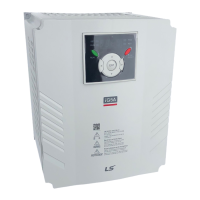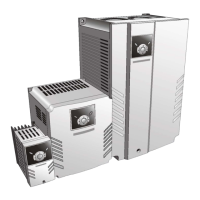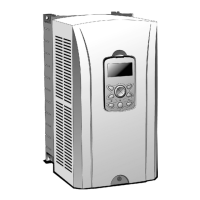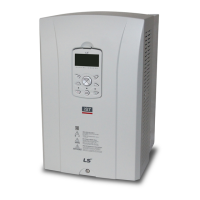How to fix RS-485 communication error in LSIS Inverter?
- EErin ArroyoJul 31, 2025
To resolve an RS-485 communication error, ensure the converter has electric power. Verify that the master is polling the inverter. Check the wiring for Ground Fault (GF) and correct it according to section '11.3 Installation'. Set the correct value in accordance with '11.3 Installation'. Revise the User Program (Note1). Also, consult the converter manual for further guidance.





